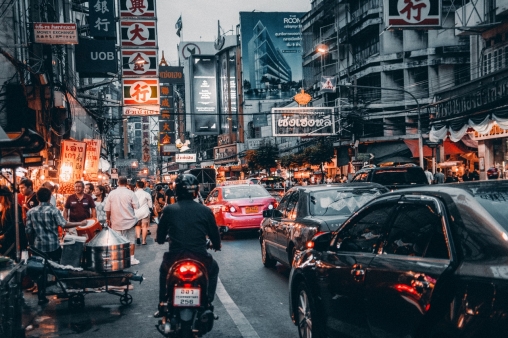
Lending remains in doldrums despite APAC’s improved credit conditions
About 18% of the region’s financial institutions still have a negative outlook, says S&P.
Lending continues to remain subdued in APAC with the finances of households and corporates still suffering from pandemic-caused setbacks—and it may take years before banks could fully-recover, reports S&P Global Ratings.
"Public authorities across Asia-Pacific have blunted the economic effects of COVID-19. This includes an unprecedented level of fiscal and monetary policy support for households and corporates, and measures to encourage banks to lend and to show forbearance toward stressed borrowers," notes S&P Global Ratings credit analyst Gavin Gunning. "But for this support, the hit on the Asia-Pacific financial institutions sector would have been much more significant."
About 18% of financial institutions in APAC continues to bear negative outlooks as of end-March, according to S&P. And should the effect of COVID-19 on the region’s financial institutions become worse or last longer than we now assume, then this could lead to more outlook downgrades from the ratings agency.
Amidst ongoing challenges, S&P says that authorities will likely continue to have a key effect on banking sector creditworthiness over the next six to 18 months.
“They must maintain a delicate balancing act of not withdrawing support too early or, alternatively, not overshooting,” Gunning warned.
On the economic front, conditions are promising for APAC banks, with the scenario having improved over the past quarter—with S&P even upgrading the region’s growth forecasts to 7.3% for 2021, from 6.8% previously.
“A faster-than-expected global vaccine rollout, a large dose of U.S. stimulus, and upside surprises in trade and manufacturing have pushed our forecasts higher and offset recent weakness in household spending,” the report added.






















 Advertise
Advertise








